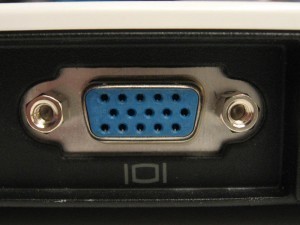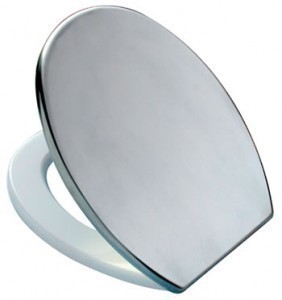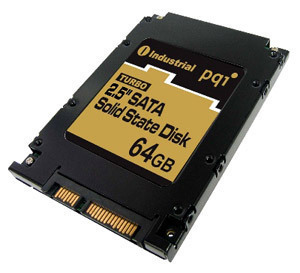VGA Port Dimensions
The VGA port is a connector commonly found in electronic devices such as laptops, high definition TV sets as well as computer monitors. The acronym ‘VGA’ stands for video graphics array. It is also called by other names like the mini D-15 connector, mini sub D15 and RGB connector. The 15-pin connectors are arranged in three rows, each of which has five holes. In addition to these important facts, it is also good to know the different VGA port dimensions.
laptops, high definition TV sets as well as computer monitors. The acronym ‘VGA’ stands for video graphics array. It is also called by other names like the mini D-15 connector, mini sub D15 and RGB connector. The 15-pin connectors are arranged in three rows, each of which has five holes. In addition to these important facts, it is also good to know the different VGA port dimensions.
The Dimensions of a VGA Port
In terms of size, the VGA port is not that big. It only measures about 1.5 centimeters wide and 0.75 centimeter high. In 1987, the multinational computer company International Business Machines designed it based on the electrical connector called D-subminiature. In 1999, it was superseded by the DVI, which stands for digital visual interface. It makes use of the inter-integrated circuit data channel for display data channel information.
Additional Facts and Other Interesting Details
The VGA connector comes in four different versions. The first type is the original version, which is commonly called the VGA15 pin-out connector. The second one is the DE-9 connector, which is described as less flexible and older. The third type of VGA connector is the DDC2 pin-outs.
The last version is the mini-VGA, which is a common feature in laptop computers. It is usually found in various Apple computers like the iMacs, in the early forms of PowerBooks and eMacs. Furthermore, it can also be seen in iBooks. It is also featured as part of different Hewlett Packard computers such as the HP TouchSmart and the HP Minis.
Aside from laptops, the VGA connector is also used in many video cards. In order to differentiate it from the seemingly the same connectors such as those with only two rows of pins, it is technically referred to as the DE-15, High-Density 15 or HD-15. Sometimes, it is called inappropriately as an HDB-15 or a DB-15. The primary purpose of a VGA connector is to carry video signals, particularly of the analog component called RGBHV. In addition to these signals, it is also used to carry other data and the DDC2 digital clock.
When the space is limited, manufacturers commonly use a mini-VGA port instead of the standard-sized VGA connector. Aside from its use in personal computers, the use of video graphics array has become very popular in mobile devices, particularly for enhancing their resolutions. The VGA specifications include 70-Hz refresh rates, a maximum of 600 lines and a maximum of 800 horizontal pixels. Moreover, it can support alphanumeric text modes as well as graphic modes that are All Points Addressable.





